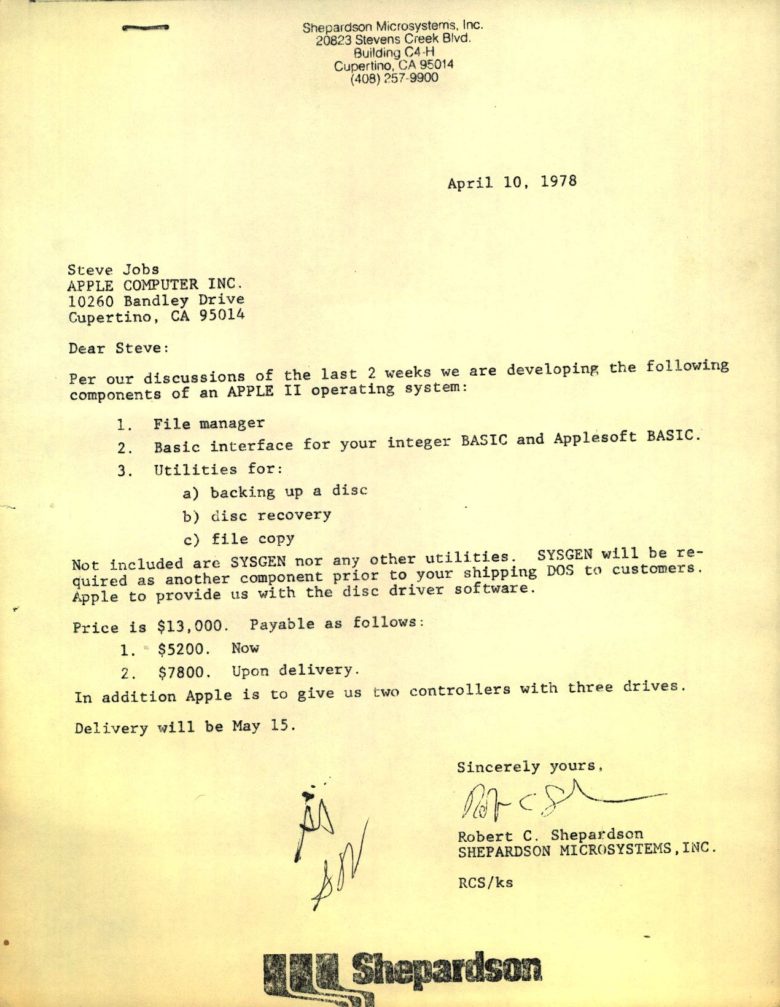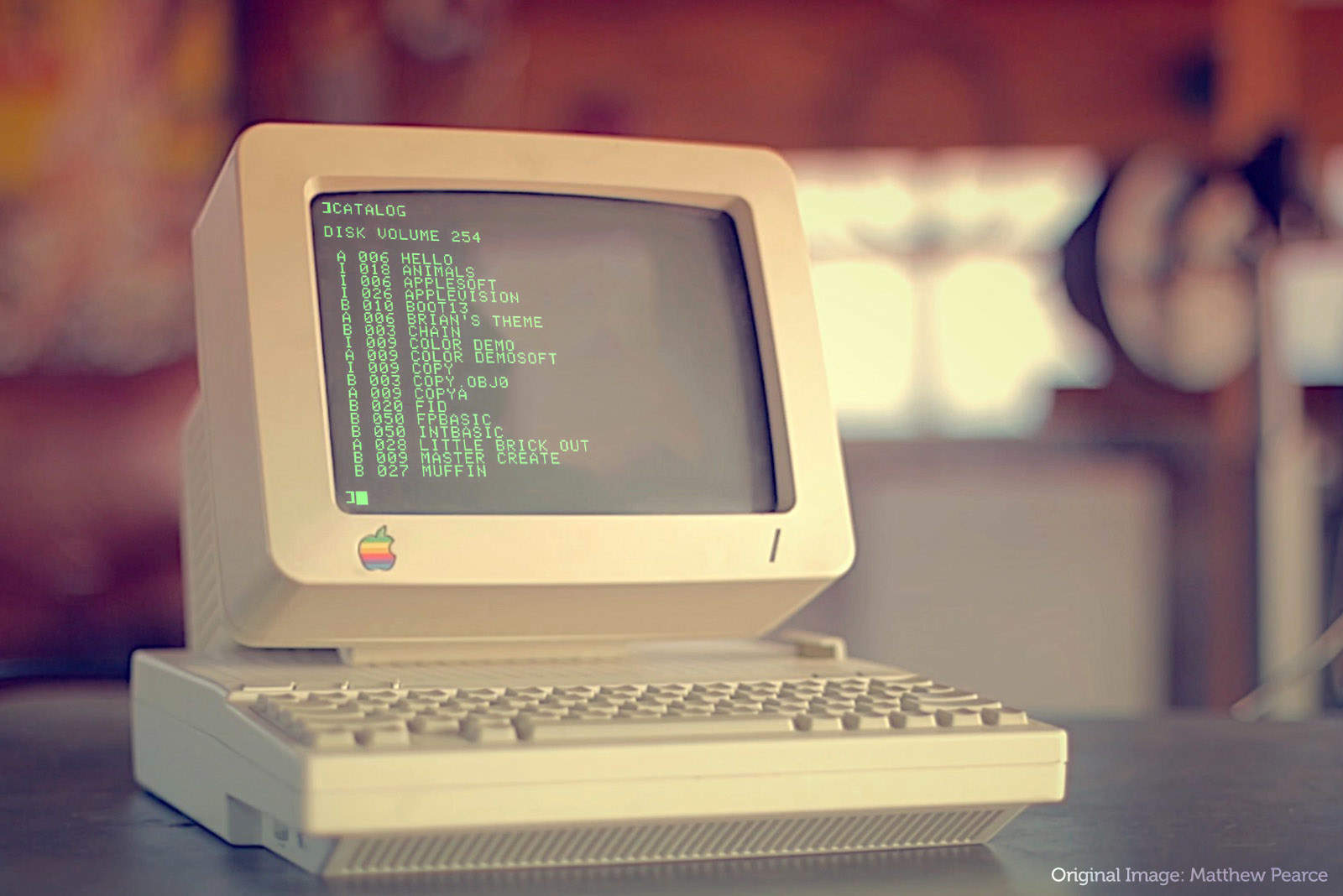 July 20, 1978: Apple DOS makes its debut on the Apple II, giving Apple its first official operating system.
July 20, 1978: Apple DOS makes its debut on the Apple II, giving Apple its first official operating system.
A command line interface with green text prompts on a black background, Apple DOS looks incredibly primitive next to today’s graphical user interfaces. Nonetheless, for Apple users this was the macOS Sierra of its day.
Confusingly, the first official Apple version of DOS was called DOS 3.1, with previous versions 0.1 through 2.8 being betas that were only seen by developers. Apple DOS 3.0 was planned for release, but was too buggy.

Photo: Paul Laughton/DigiBarn
Unlike today, when macOS is developed internally, Apple didn’t have the resources to create its own version of DOS at the time. Although Steve Wozniak said he could work on it, Steve Jobs didn’t want to wait — and hired a Cupertino company called Shepardson Microsystems to build a version for them. (You can read the recollections of Shepardson employee Paul Laughton here.)
The April 10, 1978, contract was for a total of $13,000. This broke down as $5,200 up front, $7,800 on delivery, and no royalties.
The creation of Apple DOS coincided with the release of the Apple II’s most important peripheral: the Disk II Floppy Disk Subsystem, created by Wozniak and an early Apple employee called Randy Wiggington. The arrival of a 5¼-inch floppy disk drive — replacing the need for slower cassette tapes — helped make the Apple II a real system in the eyes of many.
Just like the Macintosh, which Jobs was at pains to make say “hello” as part of its first demo, the initial startup file executed when DOS was booted said “HELLO” — making it seem friendly and approachable. Interestingly, the man Apple hired to write its DOS documentation, Jef Raskin, was also the Apple employee who kick-started the Macintosh project before Jobs took it over.
In terms of functionality, DOS was incredibly limited compared to today’s graphical user interfaces, but it made it (relatively) easy for users to store, load and run executable programs, as well as cataloging existing files and formatting disks. It did have a few quirks, however, such as an inability to read lowercase characters in a text file and the creation of unnecessary files if the user made the mistake of trying to load one that didn’t exist.
DOS 3.1 was succeeded by version 3.2 in 1979, version 3.3 in 1980, and a version called ProDOS in 1984.
Do you remember using Apple DOS on your Apple II? Leave your thoughts and recollections below. With the proper command line formatting, of course!


